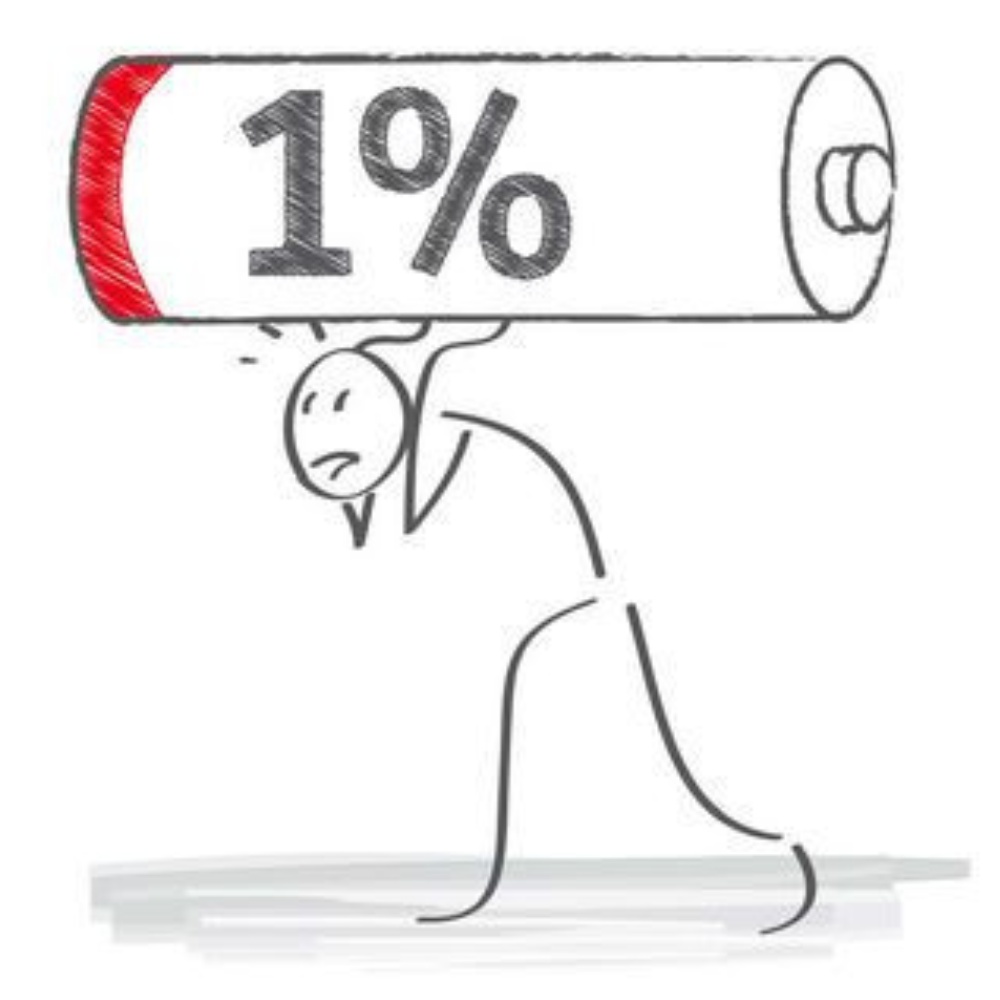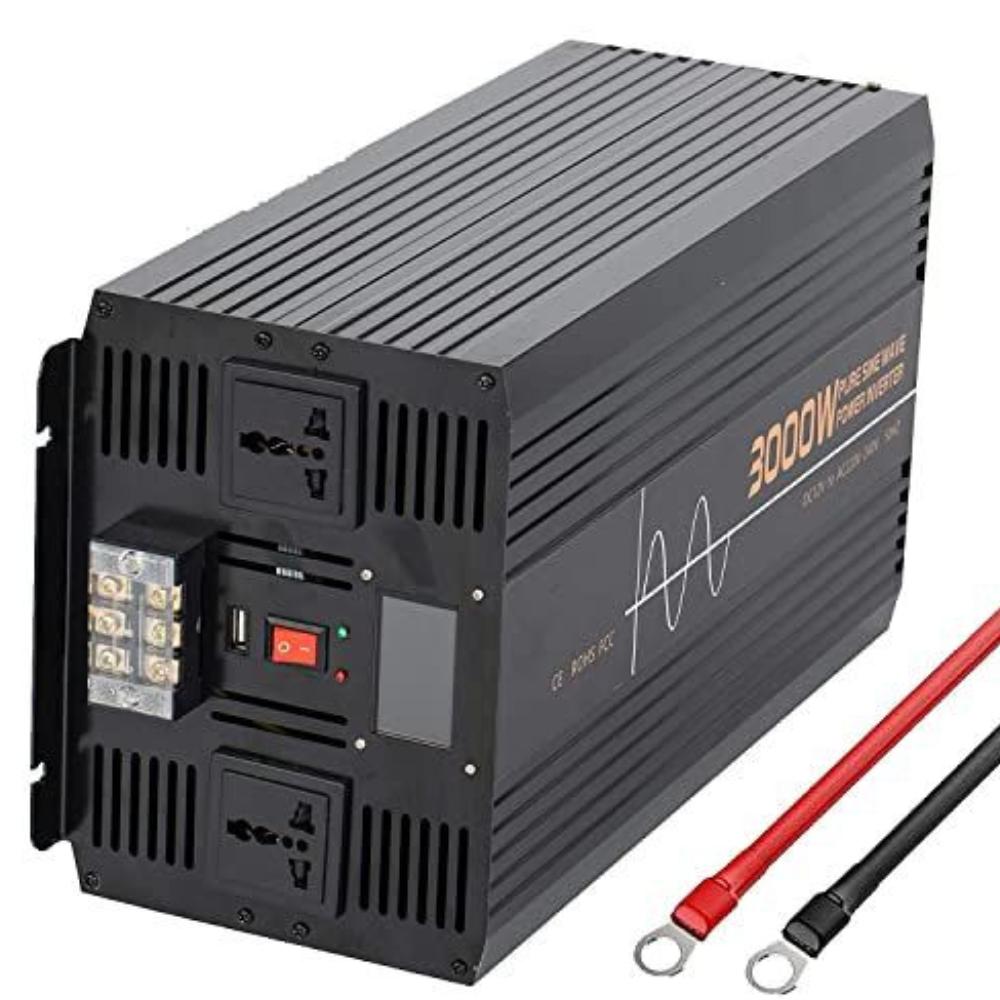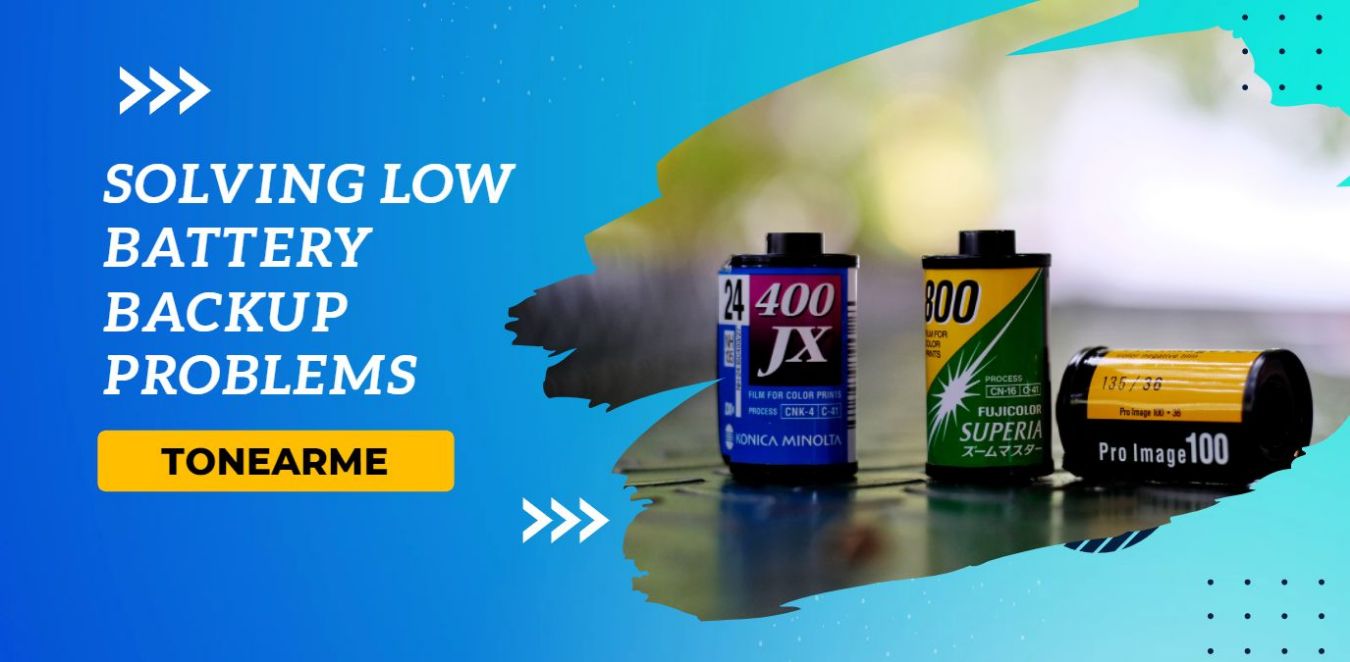Inverters are essential for power systems. It is impossible for even the smallest office or home to function without them because a single power outage renders all the gadgets and appliances useless. They require power back-up from inverters so that they can continue receiving electricity. A good alternative to generators is a power inverter and a UPS.
When a power outage occurs, they can provide long-term or short-term battery backup, depending on how large the batteries are. You can connect larger batteries to your power inverter or UPS if it gives you low battery backup, or you can fix other issues that may be causing it to fail. Below, you will find out why the inverter shows a low battery.
Why Does The Inverter Shows A Low Battery?

Image source : Pinterest
1. Replace Old Batteries:
The performance of batteries decreases a lot after 500 to 1500 cycles (depending on the quality of a battery). Replace your old batteries to increase your backup.
2. Install Bigger or More Batteries:
In the event that you require a lot of backup power, you should consider installing larger or a combination of smaller batteries (minimizing charge-discharge cycles of the individual batteries is preferable when the inverter shows a low battery level).
Do not connect batteries with different capacities in series). By doing so, you will be able to extend the battery's life and also the backup.
3. Quality of Battery:
The quality of your battery will determine how much backup you actually receive. A scammer may claim a higher capacity battery, but the battery's real capacity is much less.
Look for reputable brands when buying batteries. Often, people complain that new batteries give very little backup. This may be because some manufacturers scammed them.
4. Faulty Charger:
Look for a faulty charger on your power inverter or UPS. Using a clamp meter and digital multimeter, you can measure the voltage and current when charging.
When you see low charging amps (if you have a 3-stage charger, then check to charge amps at the initial stage when the battery is empty) or low charging voltage (see the manual for normal charging voltage), the charger is faulty. The low backup issue can be resolved by fixing that.
5. Faulty Inverter/UPS:
Power inverters and UPS may display low battery voltage if they are malfunctioning, beep and shut down at the wrong battery voltage even if your batteries still have enough juice to maintain the backup. Make sure the inverter is working properly by getting it checked.
6. Replace Or Clean Corroded Battery Terminals:
In most cases, terminals made of copper or aluminium are used to connect cables to battery posts. When copper comes into contact with battery acid, it can easily corrode.
It appears as a white or bluish substance on copper terminals while a white powdery substance develops on aluminium terminals.
In order to clean or replace the battery terminals, soaking them in baking soda, caustic soda, or washing soda is recommended.
Eventually, copper terminals that have been badly corroded will prevent the current from flowing through them, which might result in an incomplete charge or no charge at all.
If you feel that backup is not good, check the battery terminals also.
7. Adjust Charging Current:
There are some power inverters that can be adjusted by a dedicated switch to support slow and fast charging.
You should find a switch that lets you switch between different current ratings (A). If your batteries are larger, you should only choose higher charging currents.
Charge smaller batteries with lower current as charging incompletely will stimulate sulfation in the battery, and damage the battery prematurely.
8. Add External Charger:
You may want to add an external charger if the UPS or power inverter charger is slow and your backup battery needs are high.
Note that external charging may interfere with the internal charger and cause the cut-off voltage to fluctuate, resulting in undercharging or overcharging of the battery.
9. Use Distilled Water:
Make sure you top up flooded (wet) lead-acid batteries with distilled water if you are using them. Using tap water can damage batteries as it contains impurities and salts.
The batteries will not achieve cut-off voltage when using tap water. Batteries will overheat as a result, causing the electrolyte to boil and evaporate.
Battery overheating will also decrease battery life. Battery drying will permanently damage batteries.
Why Is The Inverter Battery Not Charging?

Image source : Pinterest
The most common reason for a battery not charging is that it is dead. To get the inverter working, you will need to replace your battery. The following reasons may be responsible:
- Fuse wires have melted.
- They need to be replaced.
- Reciprocators need to be changed.
- Take your inverter to a service centre.
- Corrosion has loosened up the battery connector.
- Cleaning the terminals and tightening the connection should be the first step.
Why Is The Inverter Not Turning On?

Image source : Pinterest
Here are some possible reasons why your UPS or inverter is not turning on along with possible remedies:
- There is no connection between the battery and the charger. Ensure that the connections are correct.
- There is a loose connection between the battery and the charger. Make sure the connections are tight.
- There is a loose connection between the battery and the charger. Make sure they are firmly attached and properly positioned.
- This has tripped the inverter. If that is the case, you simply need to reset it.
- There is a problem with the battery. You should replace it.
- It is necessary to replace rusted terminals. In order for the inverter to function properly, the corrosion must be removed.
- This is due to reversed terminals. Make sure you connect the right terminals according to the manual.
- It seems that the battery is running out of power. Make sure you charge the battery. The battery might need to be replaced if it is too old.
- It does not contain any charge. A suitable amount of time should be allowed for the inverter to charge before it is turned on.
Conclusion
Some of the reasons outlined in the post above are why the inverter shows a low battery level. A majority of these problems have simple solutions that can be done at home. In the event that this fails, then an inverter repair centre can help.







